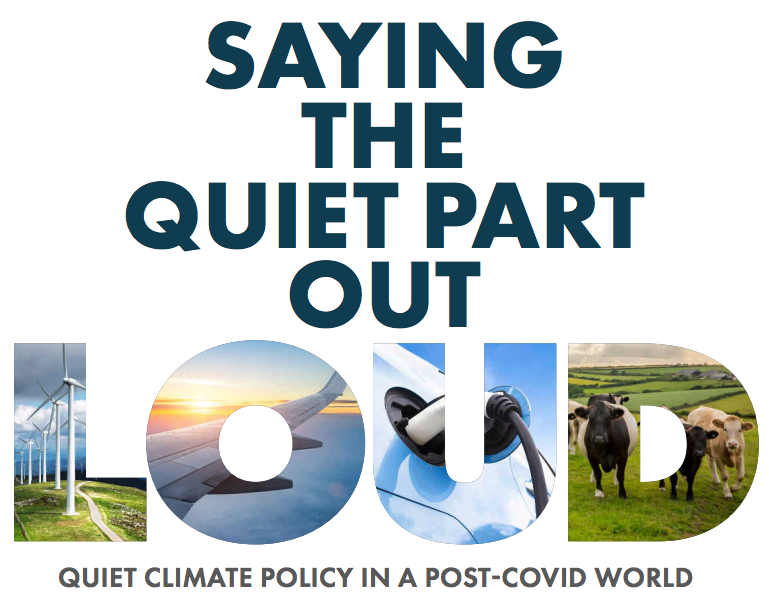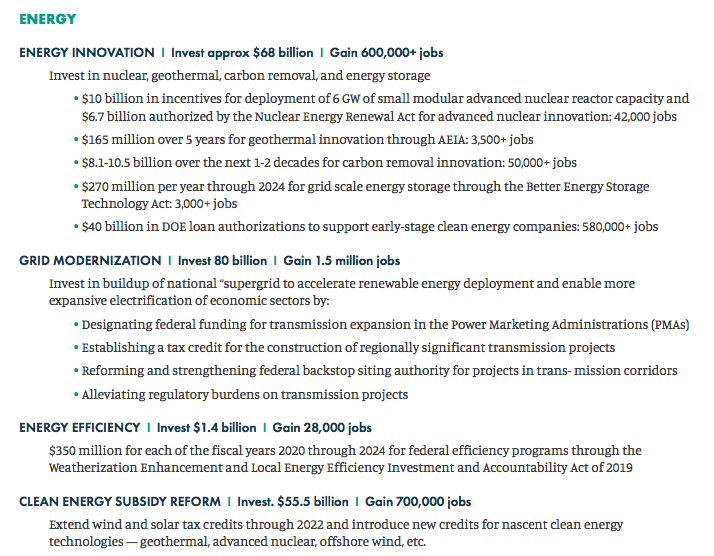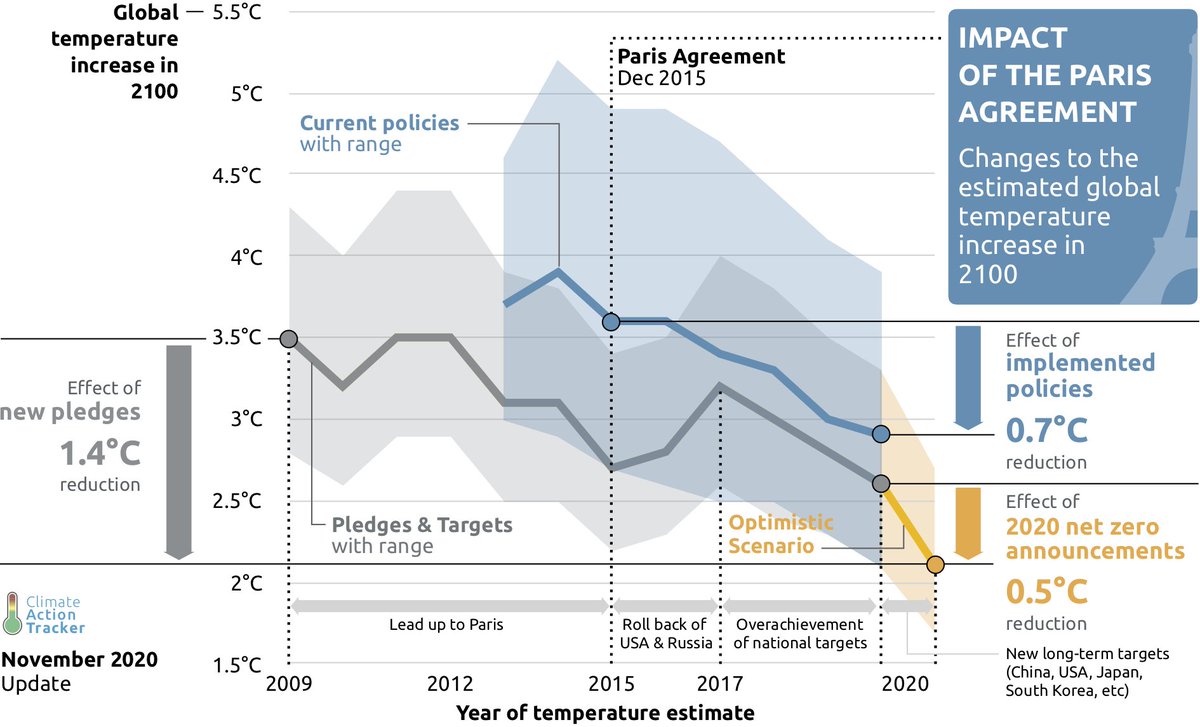
A lot of time is wasted in oft-superficial debased about whether renewables or nuclear will be the key to decarbonization.
The reality is that both will play a key role in reaching our ambitious climate goals. Some new results by @VibrantCE show how.
A thread 1/10
The reality is that both will play a key role in reaching our ambitious climate goals. Some new results by @VibrantCE show how.
A thread 1/10
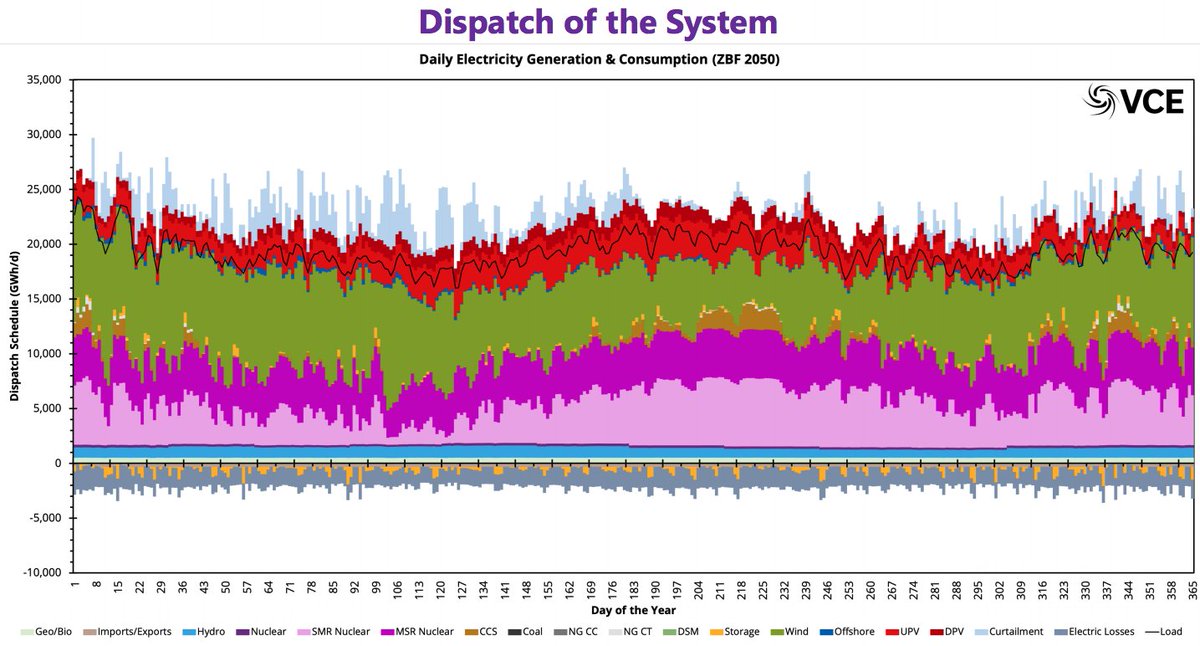
Some of the most cutting edge research on how to integrate clean energy into the grid is done by @DrChrisClack and his team at @VibrantCE. They have done perhaps more than any other group in analyzing the important role that variable renewables can play. 
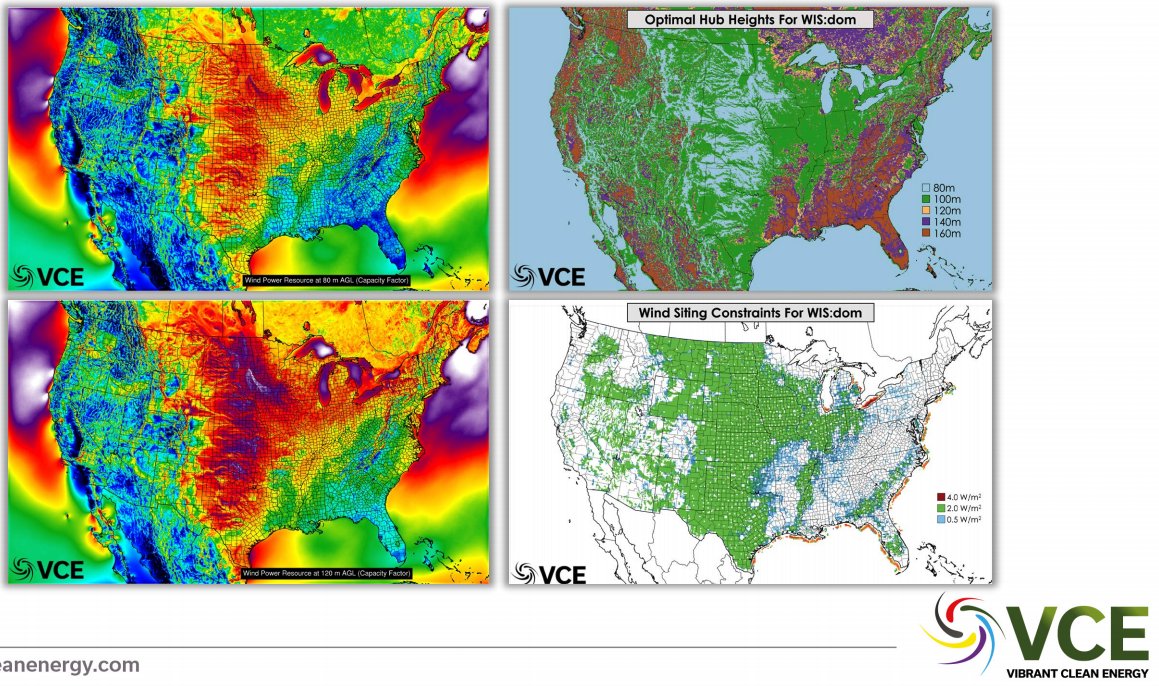
They find – as do most others who build similar models – that wind and solar will be biggest driver of near-term power sector decarbonization. However, they do so using the huge amount of gas capacity we have to fill in the gaps. Heres capacity in their new zero-by-2050 scenario: 
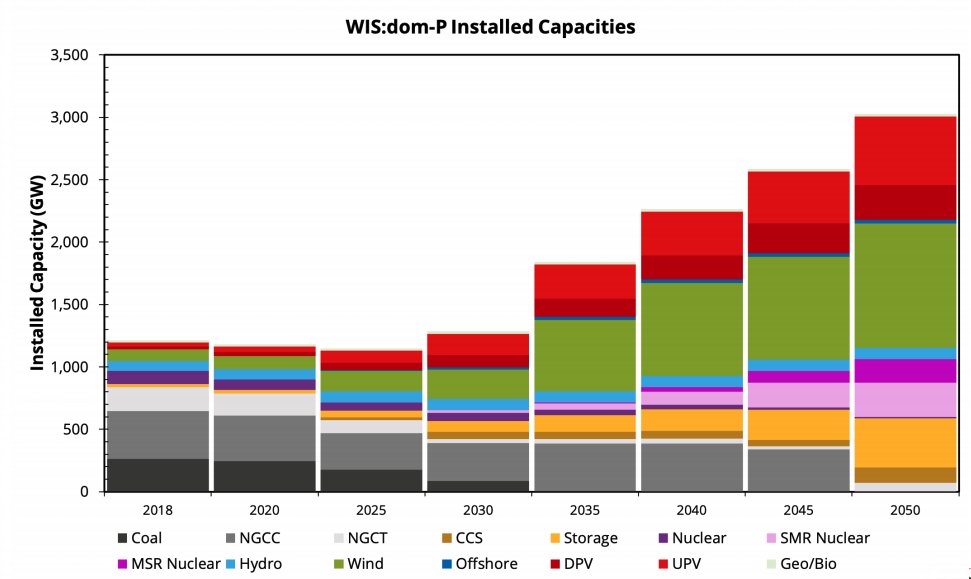
In the longer run three factors are needed to move away from natural gas in the power sector: grid-scale storage, improved transmission, and clean firm generation like nuclear.
In their main scenario, they have a very large increase in advanced nuclear generation – on the form of molten salt reactors and small and modular reactors – after 2030. By 2040 they produce more electricity than solar, and by 2050 more than wind: 

Of course, any projection of the optimal energy system 30 years from now will be subject to huge uncertainties and highly sensitive to assumptions about future energy costs. It may well turn out that advanced nuclear has more challenges than foreseen.
But the main takeaway is this: nuclear is a compliment to rather than a supplement for renewables. We cannot easily or cheaply power the entire US with just wind, water, and solar, and need more RD&D investments in clean firm generation at the same time we accelerate renewables.
We won't be at 100% renewables, and we won't be at 100% nuclear. Lets stop wasting time debating which is the non-existent silver bullet to climate change and move forward toward decarbonizing the power sector as fast as possible.
Initial results from the @VibrantCE Zero By Fifty scenario can be found here: vibrantcleanenergy.com/wp-content/upl…
They should be releasing a more detailed report later this year.
They should be releasing a more detailed report later this year.
Also, TLDR:
https://twitter.com/isaboemeke/status/135348327690878566410/10
*Debates, that is. One of these years I will learn to proofread...
• • •
Missing some Tweet in this thread? You can try to
force a refresh




